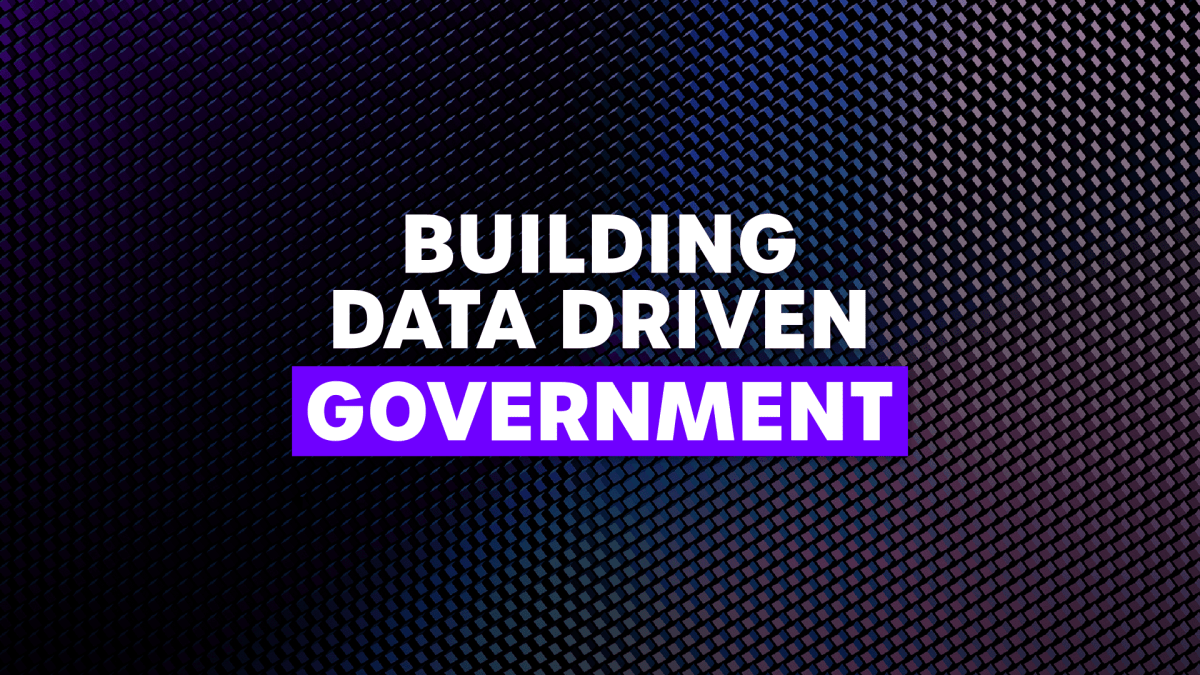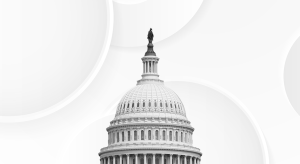- Sponsored
- Modernization
Federal IT leaders discuss building a data driven government

Data is transforming virtually every aspect of government — and the ability for agencies to deliver public services more effectively.
In a recent video series, FedScoop talked with chief information officers, chief data officers and other key IT leaders across federal agencies to discuss their agencies’ initiatives and strategies to build a data driven government. The video series, underwritten by Dell Technologies and Intel, aired between October and December 2021.
Here’s what they said:
Leverage data for better decision making
Customs and Border Protection’s Sonny Bhagowalia shared that his agency is working to create standards and infrastructure to improve how the CBP utilizes data lakes. That includes efforts to harness data and improve AI tools and machine learning models to improve mission outcomes.
“We conduct 40 billion data exchanges daily across 300,000 endpoints… [The CBP] processes hundreds of millions of import cargo entries every day, 1.2 million passengers a day in the age of COVID…and we have about 200 plus systems running,” says Bhagowalia, assistant commissioner for the Office of Information and Technology and CIO for CBP.
And the Department of Homeland Security is investing more in how it collects data and uses it in the field to help employees better perform their missions as well.
DHS Chief Data Officer Mike Horton shares how cloud at the edge is more critical today to help the department coordinate across its mission activities. For example, helping FEMA out in the field and getting data to Border Patrol agents at the Southwest border.
“Our goal is to do two things; collect data from that edge and then use it and collaborate, analyze and get the data back out to those operators,” Horton explains.
Improve collaboration across agencies
NASA Chief Data Officer Ron Thompson and Katie Olson, acting director for the Defense Department’s Defense Digital Service, both describe the value of building strong foundations around data sharing as a key part of improving how their agencies collaborate on shared mission priorities.
According to Olson, “DDS worked with the Defense Health Agency — it’s joint Pathology Center — to digitize the world’s largest collection of human tissue samples, about 55 million slides and open the door to incredible potential for the future of research into rare diseases and cancer, etc.”
Giving the chief data officer a seat at the table
This perspective on data strategies, data sharing and mission activities is why it is important to give CDOs “a seat at the table as part of strategic planning activities with their CIO and with the agencies be in and how that data will support the agency and enable those decision makings,” says Maria Roat, U.S. deputy federal CIO for the Executive Office of the President.
Roat says that as her office continues to support data maturity initiatives across the federal government, she sees how those agencies which place more value on the role the CDO helps are able move “further along the ladder than others.”
Building on lessons learned from the pandemic
The last two years have definitely helped agency leaders learn the value of cloud, data and modernization initiatives.
Katherine Dawes, acting evaluation officer for the Environmental Protection Agency, explains, “even once that pandemic has receded, once we’re looking at that in the rearview mirror, the strategies and the tools that we’ve developed as part of all remote workforce are still going to be there and we will be able to take advantage of that in new and important ways. Particularly in service of support and committee science.”
John Garrett, senior director for federal civilian agencies at Dell Technologies, describes how many of Dell’s partners — especially among civilian agencies — worked quickly to enable a 100% remote workforce. The first investments were focused around infrastructure and workforce transformation initiatives. Now more agencies are focused on building applications and the data center to support it.
Darren Pulsipher, chief solution architect for the public sector at Intel, adds that though there’s been an uptick in dependency on cloud from the past, this year there also have been several major cloud outages from all the primary cloud service providers.
“Making sure that you have a multi-cloud strategy is extremely important. If you rely on just one video conferencing solution, and they have an outage, then you’re down. And if it’s a critical meeting, then you need to have backup, you need to have alternatives to do that,” he stresses.
Other participants in the video series include:
- Courtney Winship, Deputy Chief Data Officer, U.S. Citizenship and Immigration Services
- Dave Zvenyach, Director, Technology Transformation Services, U.S. General Services Administration
- Gulam Shakir, Deputy Chief Data Officer, National Archives and Records Administration
- Ron Bewtra, Chief Technology Officer, Department of Justice
This video series was produced by FedScoop and sponsored by Dell Technologies and Intel.






